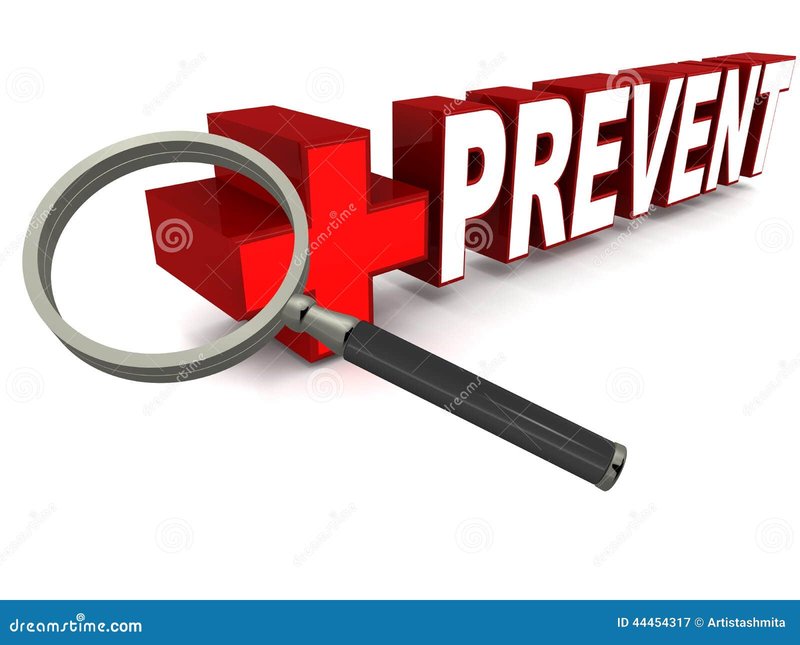
You might be wondering, “Why does this error happen in the first place?” Well, dishwashers are a bit like us—they need to be treated right to work correctly. A common cause of an E2 error is a blockage in the drainage system. Imagine trying to drink a thick milkshake through a clogged straw; it’s a challenge, right? Similarly, if your dishwasher can’t properly drain water, it triggers this error code. Let’s dive into how you can prevent it from interrupting your dishwashing routine.
Understanding the E2 Error Code
To effectively prevent the E2 error code from rearing its ugly head, it helps to understand what’s going on behind the scenes. When your GE dishwasher displays this code, it often means that the machine has detected a problem with water drainage. In most cases, this is due to a blockage or a kink in the drainage hose. Think about how slowing down in heavy traffic can delay your arrival time; similarly, if water can’t flow freely out of the dishwasher, it disrupts the entire cleaning process.
Another potential culprit could be a faulty or clogged drain pump. This component is responsible for pushing the water out of the dishwasher. Picture it as the heart of a dishwasher, pumping “life” (or rather, water) through the appliance. If it’s not functioning properly, your dishwasher can’t drain efficiently, leading to the ominous E2 error code.
Finally, improper installation can sometimes cause draining issues. If the dishwasher wasn’t installed correctly or if the drain hose isn’t positioned properly, it can prevent water from draining out as it should. Remember, just like how wearing a pair of shoes the wrong way can make walking difficult, incorrect setup can make even the best dishwasher struggle.
Preventive Measures to Avoid Error Code E2
Now, let’s talk prevention. The goal is to keep your dishwasher running smoothly and error-free. First, regularly check and clean your dishwasher’s filter. This small but critical piece catches food particles and debris that can clog the drainage system. Much like a lint trap in a dryer, if it’s full, it can cause a backup. By giving it a good cleaning every month or so, you can help ensure that water flows smoothly.
Next, keep an eye on the drainage hose. Over time, it can become kinked or blocked by debris. Simply inspecting and gently straightening it from time to time can go a long way in preventing blockages. It’s similar to checking your car’s oil every now and then—regular maintenance can prevent bigger issues down the line.
It’s also a smart idea to run occasional maintenance cycles with a dishwasher cleaner. These products help dissolve gunk and residue that could lead to blockages. Think of it as giving your dishwasher a spa day; it helps keep everything running smoothly and efficiently.
Actionable Tips for Consistent Maintenance
Consistent maintenance is key to a healthy dishwasher. Beyond the regular filter cleaning and hose checks, consider using a high-quality dishwasher detergent that helps prevent residue buildup. You want to give your dishwasher the best tools to work with, much like giving a chef the best ingredients for cooking.
Avoid overloading your dishwasher. While it might be tempting to cram one more plate in, overloading can lead to poor water circulation and increased residue buildup, increasing the chance of errors. Imagine trying to carry a stack of books—eventually, one or two will fall, leading to a bigger mess.
Finally, keeping an eye on water quality can be beneficial. Hard water, which is high in minerals, can leave deposits that clog the system. If you live in an area with hard water, consider installing a water softener or using a dishwasher descaler to help prevent mineral buildup.
By following these steps, you can help ensure that your GE dishwasher remains an efficient and reliable kitchen companion. Remember, a little proactive care and regular maintenance can go a long way in preventing the dreaded E2 error code from making a return appearance. With these tips, you’ll be well on your way to a smoother, hassle-free dishwashing experience!